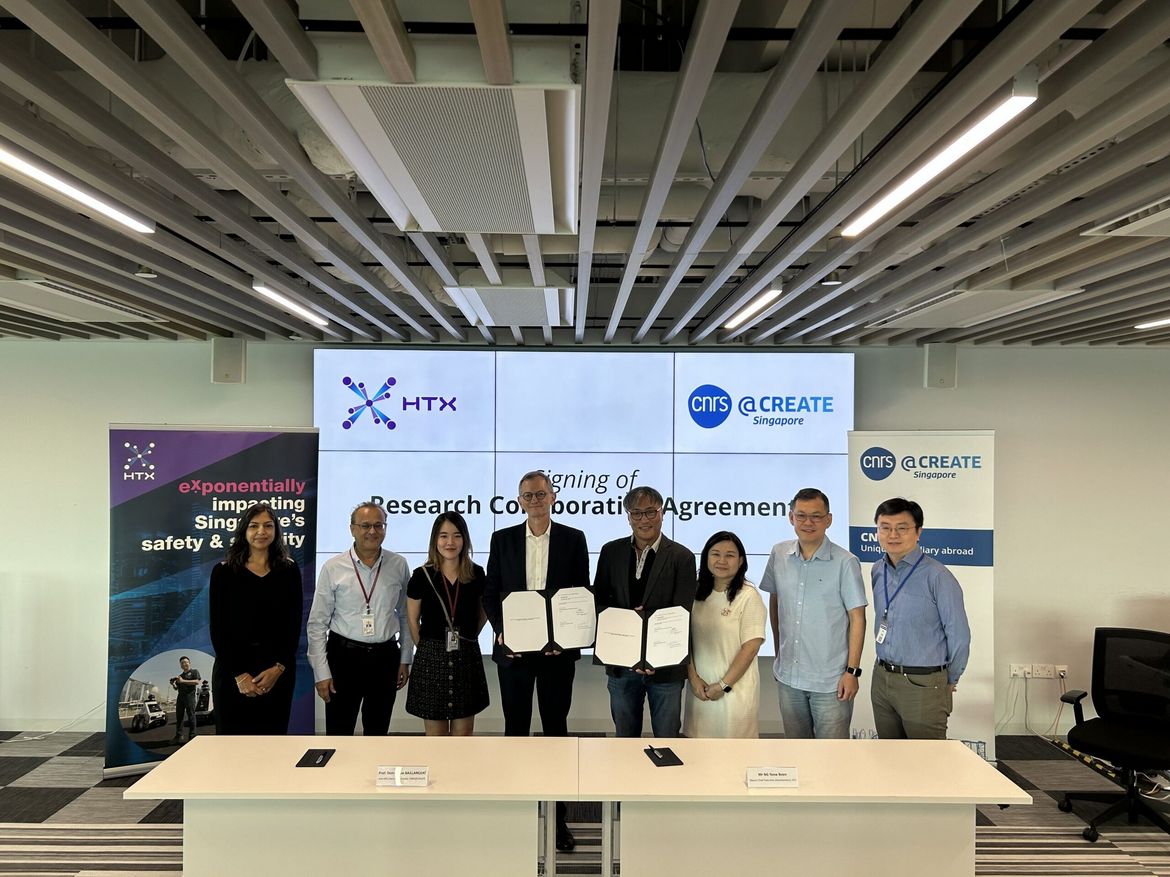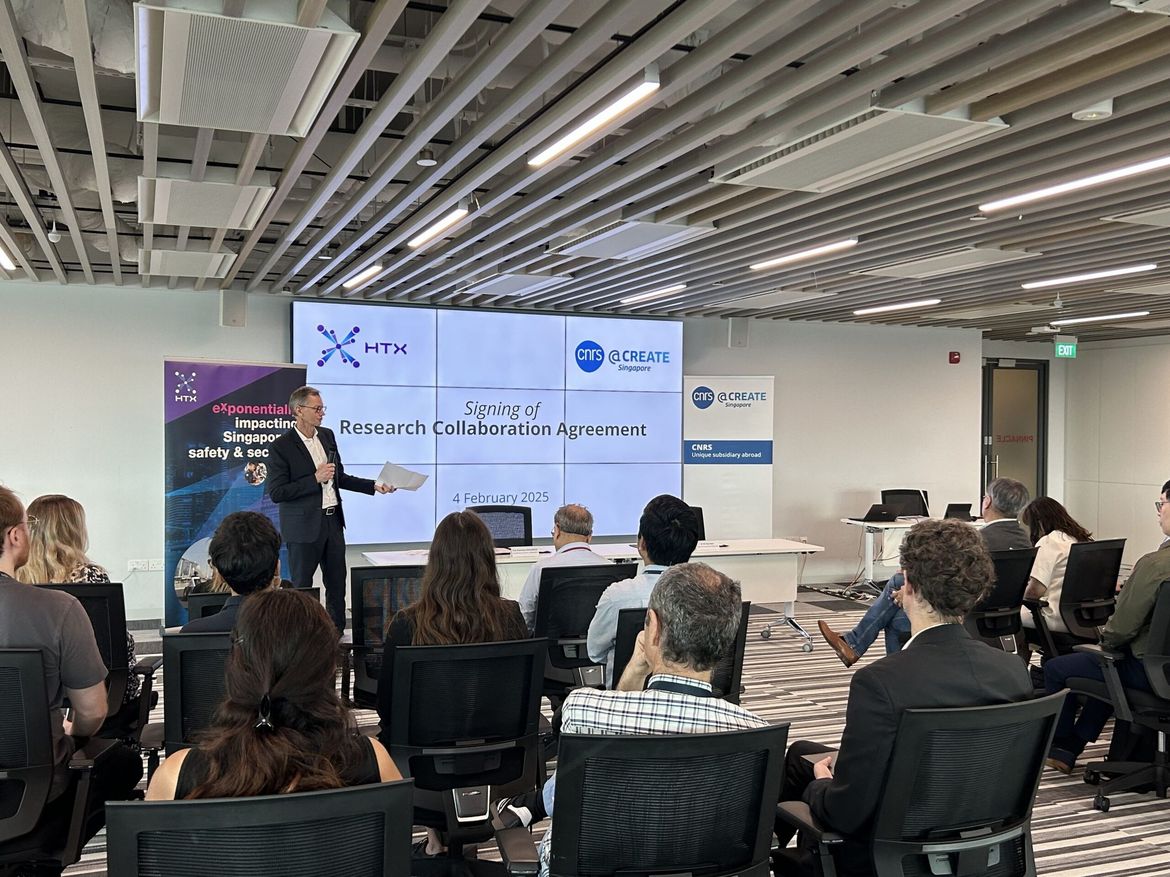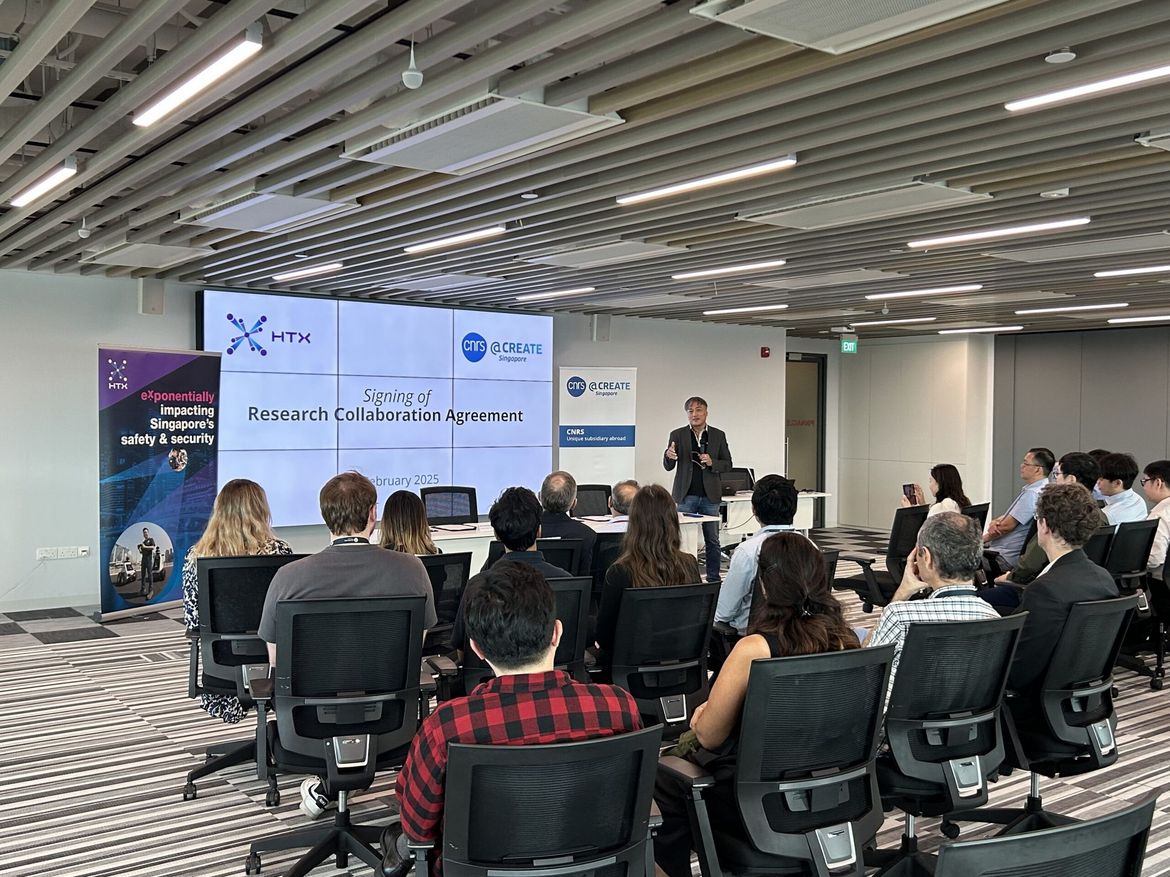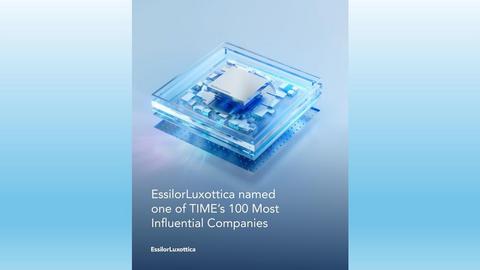Companies news
CNRS@CREATE-HTX Research Partnership Advances Hybrid AI and Real-Time Modeling

CNRS@CREATE, the subsidiary of the French National Centre for Scientific Research (CNRS), and Home Team Science & Technology Agency of Singapore (HTX) signed a Research Collaboration Agreement (RCA) on enhancing Advanced Urban Modelling and Simulation Tools for Singapore.
This partnership is part of the DesCartes Program, CNRS@CREATE’s flagship research programme which commenced in 2021.
DesCartes is an ambitious research program funded by the National Research Foundation Singapore (NRF) through the Campus for Research Excellence and Technological Enterprise (CREATE) and has gathered more than 25 academic and industrial partners from France, Singapore and worldwide to develop next-generation AI capabilities for smart city planning. It is hosted by CNRS@CREATE in Singapore, the unique subsidiary of CNRS overseas.
The project aims to test and validate, under Singapore local conditions, the wind map designed by the researchers and engineers of the DesCartes program, in actual and practical scenarios provided by HTX. The teams from DesCartes are uniquely equipped to simulate in real time environmental conditions on an urban scale, making them invaluable for analyzing and predicting a wide array of key parameters that are essential to the functioning of a city of the future. These parameters include air quality, pollutant dispersion, thermal comfort, and acoustic comfort, among others. All these factors are inherently influenced by wind dynamics. The collaboration with HTX will advance DesCartes’ tools towards real-world application by offering essential validation through real-world data and critical technologies and will serve as a pivotal first step toward addressing future challenges.
The wind map, in this context, is not just a theoretical tool, but a practical and dynamic resource that will allow urban planners, emergency responders, and policymakers to better understand and mitigate environmental impacts in real-time.
Furthermore, this initiative is not merely a one-time experiment; it lays the foundation for a wide range of future applications. By leveraging the unique insights provided by this cooperation, we can envision cities that are more adaptable to climate change, more resilient to pollution, and more conducive to the well-being of their residents. This collaboration between CNRS@CREATE and HTX is not just about advancing scientific knowledge; it is about transforming that knowledge into actionable solutions for the cities of tomorrow.

This collaboration brings together scientists and environmental experts of Arts et Métiers, HTX, Aria-Suez and CNRS@CREATE.
Professor Subodh Mhaisalkar, Executive Director for CREATE, said: “We start all the CREATE programs with asking a first question in terms of research excellence. But we also ask a question in terms of research relevance to Singapore. And at some point, what impacts this make, both from a research perspective, but also from a perspective to citizens, will this be visible.
In that regard, I’m really proud to say that the work that CNRS has started in DesCartes is with a large consortium of academic and industry partners. You really need to have all the key players in the chain to complete the story. We need a triple helix of great academics, great support from the government, but also support from the industry as well. And this is exactly what DesCartes is. It’s really a pleasure to witness this partnership between HTX and DesCartes”

Professor Dominique Baillargeat, CEO of CNRS@CREATE, said: “One of the main objectives when we started the Descartes program 3 years ago, was to develop solutions and tools that would have a real impact for Singapore and, more broadly, for the society in the context of the future city. Today, we are here to formalize an important step in this direction.
New approaches must be developed to make the city livable as a safe and harmonious environment and Descartes is working hard to contribute to this effort.
Descartes promotes a green AI approach based on limited number of data, coupled to physics, to develop what we define as, hybrid-AI tools and methodologies that enables to provide parametric predictive models in real time. These models can be applied to a wide range of aspects of our daily lives, as well as to industrial operations.

Producing real-time models is one thing but ensuring that these models are precise enough to make effective predictions is a whole other challenge. This is the challenge we aim to tackle with HTX as part of the project that brings us together today.
I strongly believe that together, we need to be much more ambitious. We must think further ahead with the objective to provide and deploy a Singapore Surrogate Model for chemical dispersion simulation. Considering the global challenges the world is facing, it is crucial for a country like Singapore to address this major safety issue.”
Mr Ng Yeow Boon, Deputy Chief Executive (Development), HTX, said: “HTX is very excited today for this inaugural agreement, and more significantly, the promising partnership with CNRS@CREATE. We regard CNRS as both an ambassador and an advocate for scientific and technological research across the globe. This research program is something we are very proud of and we felt very privileged to be part of it. This is only the first seed, and we hope to do many seeding operations. It cannot be just one simple project. This is a very good start.

Every day, our firefighters, our police officers, our narcotics officers, are involved in daily operations – both big scale and small scale, they are caught by the daily 24/7 duties. At HTX, our primary focus is addressing immediate operational needs while also exploring long-term scientific and technological advancements. However, we recognise that we cannot do it alone. Collaborating with universities, and CNRS is essential, and we aspire to cultivate a multi-year partnership to support these goals.
With this project in CNRS@CREATE, we see many possible applications. We started with one use case, but we want to push CNRS@CREATE to look at the different variations of the capability, and this is where we look at a multi-year program that could then be developed.
This is not just an RCA signing but is also the start of a very long-term relationship, and hopefully a very strong partnership. I have a lot of optimism of what is to come”.
SOURCE: CNRS@CREATE Ltd


